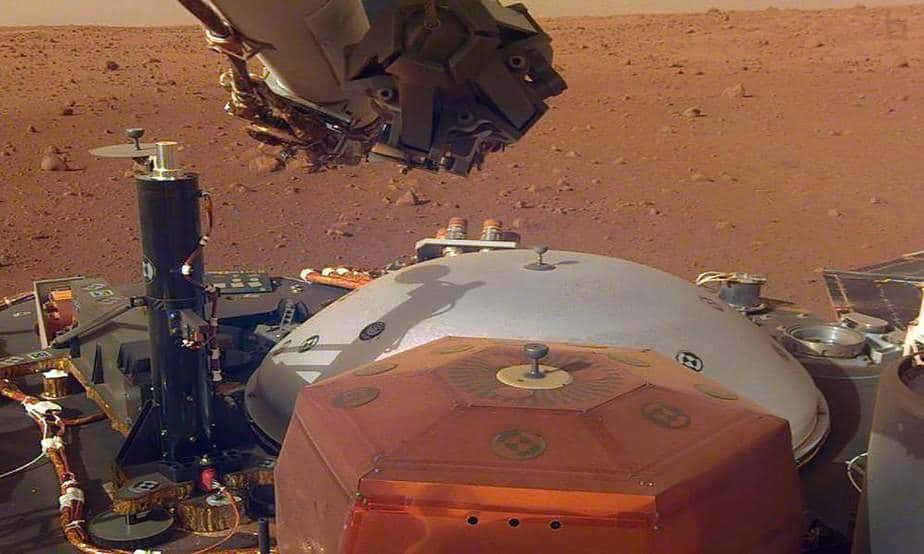Recently, China’s first Mars Rover-Zhurong has successfully begun Mars exploration. The Mars rover is on a 90-day expedition to search for evidence of life on Mars.
After the United States, China is the only country to successfully land on the surface of Mars. Zhurong also shared the first images from the red planet. The black and white image was taken facing the front of the device and with a large rectangle. Ramp descending from the landing platform.
After inspecting the picture, the scientists and researchers have confirmed that the launch site of the Zhurong rover looks promising. Due to its flat nature, the Chinese rover can easily reach areas of geological interest within a few kilometers.
Apart from this, NASA’s curiosity and perseverance are actively exploring the land of Mars, alongside a helicopter.
Here are the other outer-space expeditions to take note of,
- Water on Moon

50 years ago, NASA made history by landing on the moon, now the mission is to search for water on the moon. In 2023, NASA is planning to send its first mobile robot to the moon. The rover named VIPER will be searching for water and other resources both on the surface and beneath the surface. VIPER is part of the Artemis mission. Currently, NASA is planning to send VIPER to lunar soil to collect data in Antarctica. The findings of this mission will prove beneficial for the future generation of explorers.
- Organic Salts detected on Mars

NASA has released a statement that organic compounds and salts on Mars could have formed by geologic processes or be remnants of ancient microbial life. These findings were further strengthened through researches conducted on Martian Rock and soil samples. But identifying organic salts with an instrument like SAM will not produce an accurate result. NASA has proposed another curiosity instrument— the Chemistry and Mineralogy instrument, or CheMin for short.
CheMin shoots X-rays as it measures the angles at which X-rays are diffracted toward the detector. NASA is working with Curiosity’s SAM and CheMin to continually search for signals of organic salts on Mars.
- Ancient galaxy spiral discovered

After discovering a galaxy named GNz11, scientists now discovered one of the oldest spiral galaxies in the universe. It is speculated to be formed 12.4 years ago, which is just 1.4 billion years after the big bang. The galaxy is named BRI 1335-0417. The image was clicked by Atacama Large Millimeter/submillimeter Array (ALMA) telescope in Chile, as part of the study now published in the journal Science.
Also Read:- Indian Women Scientists And Their Rocket Ambitionsa



